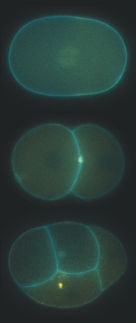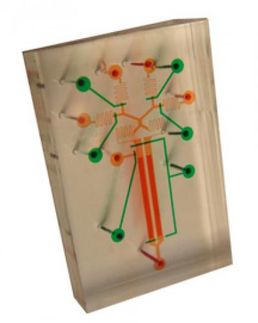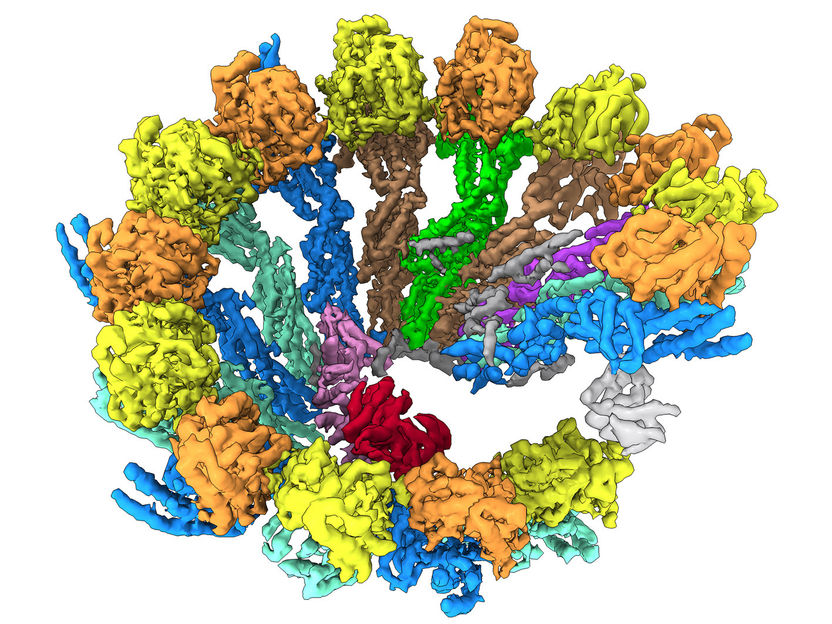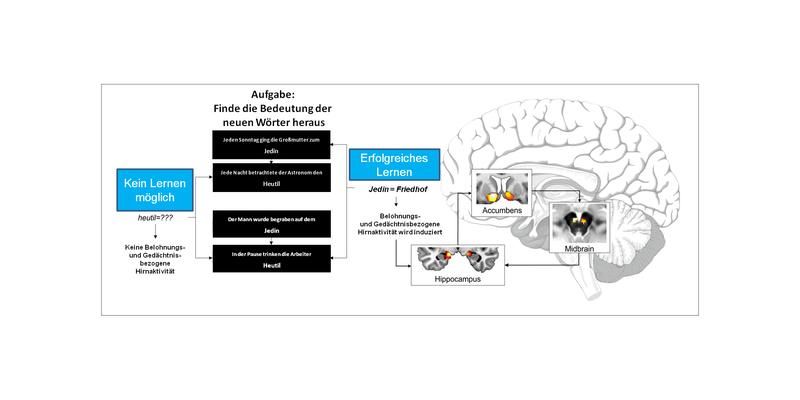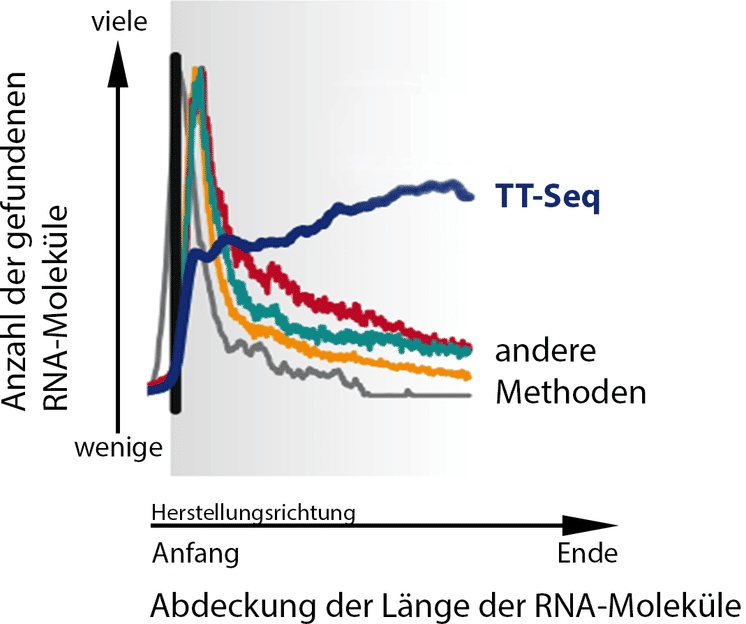How quickly can a bacterium grow?
Physicist finds that E. coli replicate close to thermodynamic limits of efficiency
All living things must obey the laws of physics — including the second law of thermodynamics, which states that the universe's disorder, or entropy, can only grow. Highly ordered cells and organisms appear to contradict this principle, but they actually do conform because they generate heat that increases the universe's overall entropy.
Still, questions remain: What is the theoretical threshold for how much heat a living cell must generate to fulfill its thermodynamic constraints? And how closely do cells approach that limit?
In the Journal of Chemical Physics, MIT physicist Jeremy England mathematically modeled the replication of E. coli bacteria and found that the process is nearly as efficient as possible: E. coli produce at most only about six times more heat than they need to meet the constraints of the second law of thermodynamics.
"Given what the bacterium is made of, and given how rapidly it grows, what would be the minimum amount of heat that it would have to exhaust into its surroundings? When you compare that with the amount of heat it's actually exhausting, they're roughly on the same scale," says England, an assistant professor of physics. "It's relatively close to the maximum efficiency."
England's approach to modeling biological systems involves statistical mechanics, which calculates the probabilities of different arrangements of atoms or molecules. He focused on the biological process of cell division, through which one cell becomes two. During the 20-minute replication process, a bacterium consumes a great deal of food, rearranges many of its molecules — including DNA and proteins — and then splits into two cells.
To calculate the minimum amount of heat a bacterium needs to generate during this process, England decided to investigate the thermodynamics of the reverse process — that is, two cells becoming one. This is so unlikely that it will probably never happen. However, the likelihood of it happening can be estimated by aggregating the probabilities of reversing all of the smaller reactions that take place during replication.
One of the common reactions that occur during replication is formation of new peptide bonds, which form the backbone of proteins. Spontaneously reversing that type of reaction would take about 600 years, England says. The number of peptide bonds in a typical bacterium is about 1.6 billion, and the heat wattage needed to break all of those bonds is about 100 billion natural units.
"I would have to wait a really long time to see all of those bonds fall apart," England says.
By estimating the waiting time needed to observe a spontaneous reversal of replication, England calculated that the minimum amount of heat a bacterium needs to generate as it divides is a little more than one-sixth of the amount an E. coli cell actually produces during replication.
The finding suggests that bacteria could grow dramatically faster than they do now and still obey the second law of thermodynamics. England says that because cell replication is just one of the many tasks E. coli need to perform, it's unlikely they would evolve to their most efficient possible growth rate. However, for synthetic biology applications, it may be useful to create bacteria that can divide faster, which this paper shows is theoretically possible.
The paper may also offer some evidence for why DNA, and not RNA, evolved as the main form of genetic material, England says: DNA is more durable and doesn't spontaneously break its bonds as readily as RNA does. This means that RNA may have an advantage over DNA because it can grow faster and use up available resources. This supports a previously suggested hypothesis that RNA may have evolved first, before life arose on Earth, and DNA showed up later on.
"I think it's a helpful way of trying to get a little bit more of a handle on the different kinds of selection forces that may have been acting on [early] nucleic acids," England says.
He is now using the same theoretical approach to model how self-replicating cells evolve by working out new ways of adapting to environmental fluctuations.
